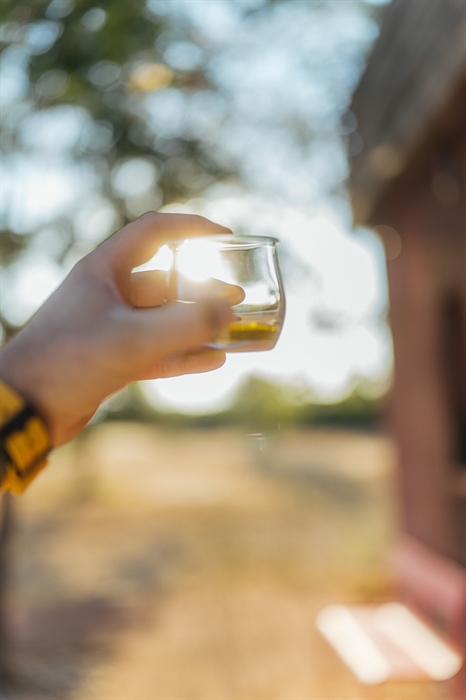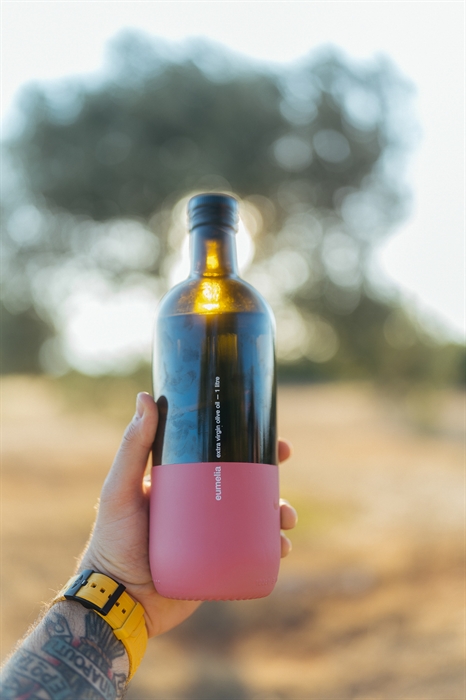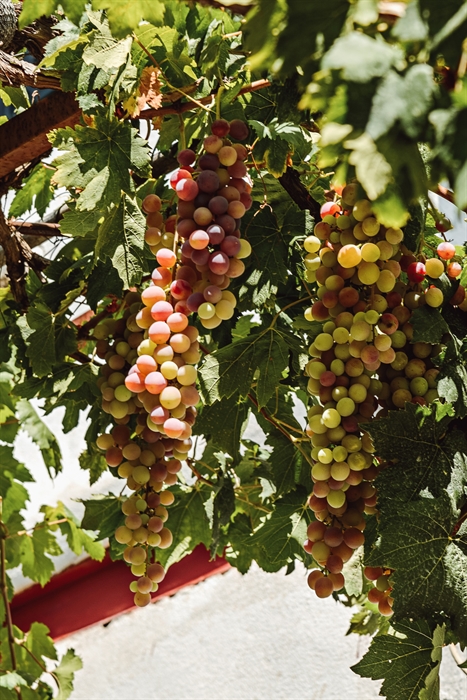Malvasia wine
In the Middle Ages and during the Renaissance, no other wine was as famed as Malvasia. And from then until today, no other wine has had such an interesting history. In 2010 Monemvasia- Malvasia wines were recognised as a Protected Designation of Origin (PDO) product thanks to a comprehensive effort lasting 14 years, and are now being produced once again.
In the Middle Ages and during the Renaissance, no other wine was as famed as Malvasia. And from then until today, no other wine has had such an interesting history.
The Franks called the Byzantine city of Monemvasia and its wine Malvasia. The vineyards which produced the wine were in the "Dorian Chora", an area in Epidaurus Limira which offered an ideal environment for viticulture. The mild coastal climate, combined with the properties of the soil there, gave Malvasia wine its unique "identity".
Malvasia sweet wine began to be produced before the 13th century, and for several centuries after that it was sold in all the markets both in the East and the West. It had a mighty reputation during the Middle Ages and the Renaissance and was drunk by rich nobles and kings. However, after Monemvasia was occupied by the Turks in the 16th century, the vineyards were uprooted. Production was transferred to Crete and continued until around 1800. Fortunately, the local grape varieties have survived to this day in various parts of the Epidaurus Limira area.
Malvasia wine continued to be produced in Italy, Spain, Portugal, Madeira, Croatia and California -but not in the place that gave birth to it. However, thanks to a comprehensive effort that took 14 years, Monemvasia - Malvasia wines were recognised in 2010 as a Protected Designation of Origin (PDO) product. There are two types of Malvasia wines -a white wine made from sun-dried grapes and a liqueur wine made from sun-dried Monemvasia (50%), Kydonitsa, Asproudes varieties and some Assyrtiko grapes. The first wine was bottled by the Monemvasia Winery and was released onto the market in 2013, after two years of aging.
See more information on the wines and vineyards of Laconia.
Location
Find the destination on the interactive map below.
Weather
Σχετικό περιεχόμενο χρηστών (UGC)
Ενημερωθείτε για ενδιαφέροντα θέματα γύρω από τον προορισμό μέσα από το περιεχόμενο των χρηστών μας
Discover 7 hidden gems of the Peloponnese
Many of you may have already visited some of the most renowned attractions…
TOP 10 archaeological museums in the Peloponnese
Olympia, Mycenae, Epidaurus, Diros Cave, Ancient Corinth, Messene and…
TOP 10 Castles in the Peloponnese
Castles galore! Mystras, Monemvasia, Palamidi, Methoni, Koroni,…
Newsletters
- About us
- FAQ's
- Map
- Tourism information centers
- Disclaimer
- Sitemap
- Our brand
- Media roum
- Adding your bussiness
- Corporate
- MICE

Peloponnese. Greece beyond the obvious





Design and creation from Cosmote
Marinas and Moorings
Diving centers
Get inspired
- Media gallery
- Blog
- The Peloponnese in the media
- Your feedback
- Users' general content
- Users' local products
- Users' events content
- Ask a local
More
- Accommodation
- Travel agencies
- Restaurants
- Services
- Destinations Map
- Weather
- Public transport
- Events
- Frequently asked questions
- Useful phones
- B2B
- Destination Data
- Contact



